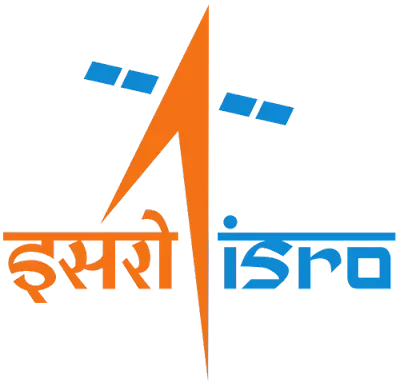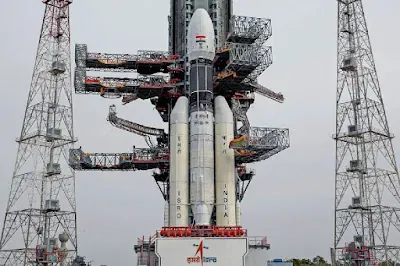Many missions of the Indian Space Research Organization (ISRO) could not start last year due to Kovid-19. Among them, Gaganyaan's first and Chandrayaan-3 are prominent. This year, work will be started on many much awaited campaigns with him, which is expected to hoist India's flag all over the world. Gaganyaan-1 will test the first phase of the mission to take India's first passenger into space. At the same time, the Indian rover in Chandrayaan will run on the surface of the Moon.
It is expected from the year 2022 that it will prove to be much better than the last two years and leaving behind the outbreak of the Kovid-19 epidemic, we will be able to move forward rapidly in economic and other activities.
This year, Indian Space Research (ISRO) will also work to advance many of its missions, so that India will be able to achieved a special place on the global stage of space exploration. This year many major missions including Gaganyaan campaign, Aditya L1, and Chandrayaan 3 which will prove to be a quantum leap for India.
Gaganyaan will be the country's first mission to reach the first Indian in space. Five Air Force (IAF) pilots have been selected, out of which one to three will get a chance to go to space. Gaganyaan will be India's first human space flight program.
This campaign will be completed in three phases. In the third phase, Indian astronauts will stay in space for seven days. Its first phase will be launched this year in which the empty spacecraft will be tested.
Two years ago, Chandrayaan-2 was sent towards the Moon, in which a probe, rover and lander were launched simultaneously. The Chandrayaan-2 probe is working fine, but the rover landing was not successful.
ISRO was engaged in all preparations to reach the rover on the Moon through Chandrayaan-3, but due to Covid-19, its launch has been stalled till now. In the third quarter of this year itself, ISRO is preparing to deliver it successfully.
ISRO's Aditya L1 (Aditya L1) will be the first Indian Solar Coronagraph spacecraft mission to be launched this year to study the Sun's corona.
Equipped with seven instruments, Aditya L1 will study the movements of the solar surface in detail. Aditya-1 was made only for the study of the solar halo. The outer layers of the Sun, which are thousands of km above the disk (photosphere). extends up to, is called the aura. This campaign can establish India among the top countries of the world in the space sector.
ISRO's Small Satellite Launch Vehicle (SSLV) has been developed and preparations are being made for its first launch. It will be launched in the first quarter of this year.
The SSLV will be capable of launching 500 kilograms in a low-Earth orbit, 500 km from the Earth's surface. The cost of an SSLV capable of launching small satellites was reported to be only 10 per cent of that of PSLV.
At present, preparations are going on for the launch of Remote Imaging Satellite (RISAT-1A), the first of ISRO's programs. It is planned to launch it next week only on January 6. Its launch is the biggest priority in ISRO missions. This remote sensing satellite will be used to map terrains and analyze land, oceans and surface waters. It will also take stock of the moisture situation in the soil. This will be the sixth satellite of its class.



Post a Comment